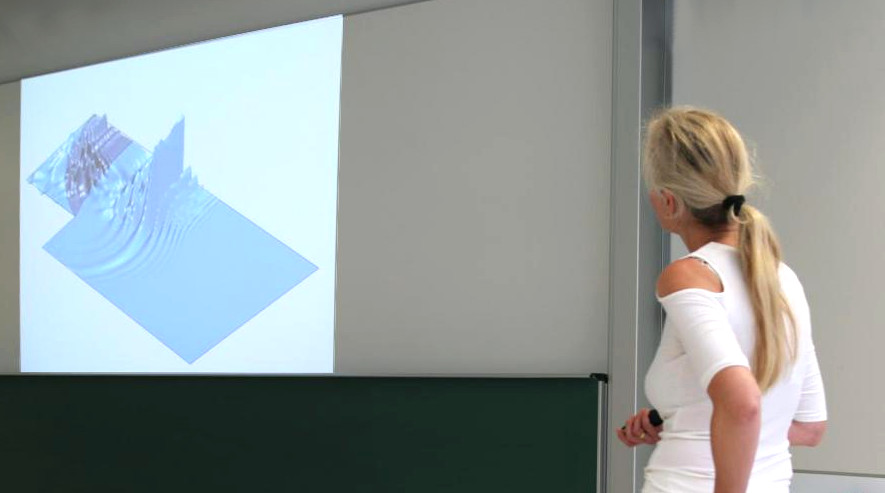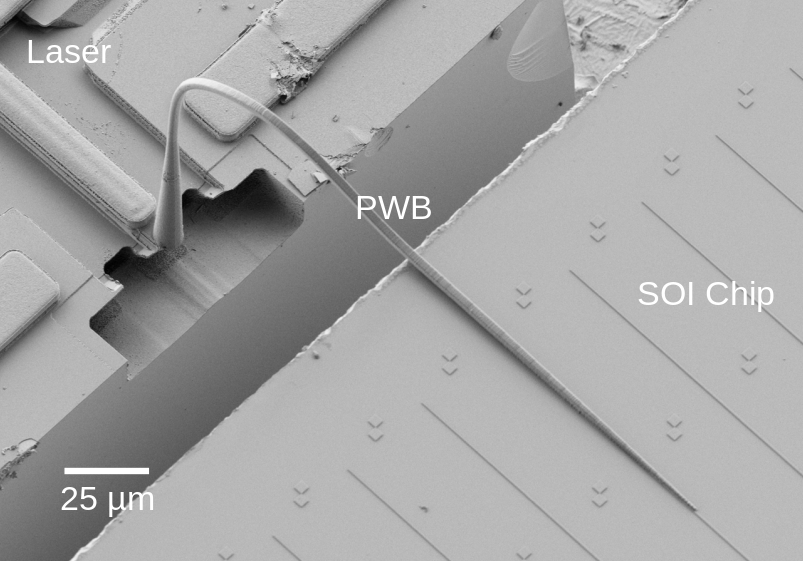
The CRC recently held a summer school on wave phenomena in Karlsruhe bringing 53 participants from 12 countries around the world to Karlsruhe to focus on their shared interest in and faszination of wave phenomena. I personally recently took part in a conference in Italy (IMSE) leading some friends and family to ask me, what a conference or summer school amongst mathematicians is like. Since you might be thinking about a future in academic research yourself, while you read this, I want to take some time to tell you a little bit about what my experiences with these two formats have been and what they offer to you as a student or young researcher.


